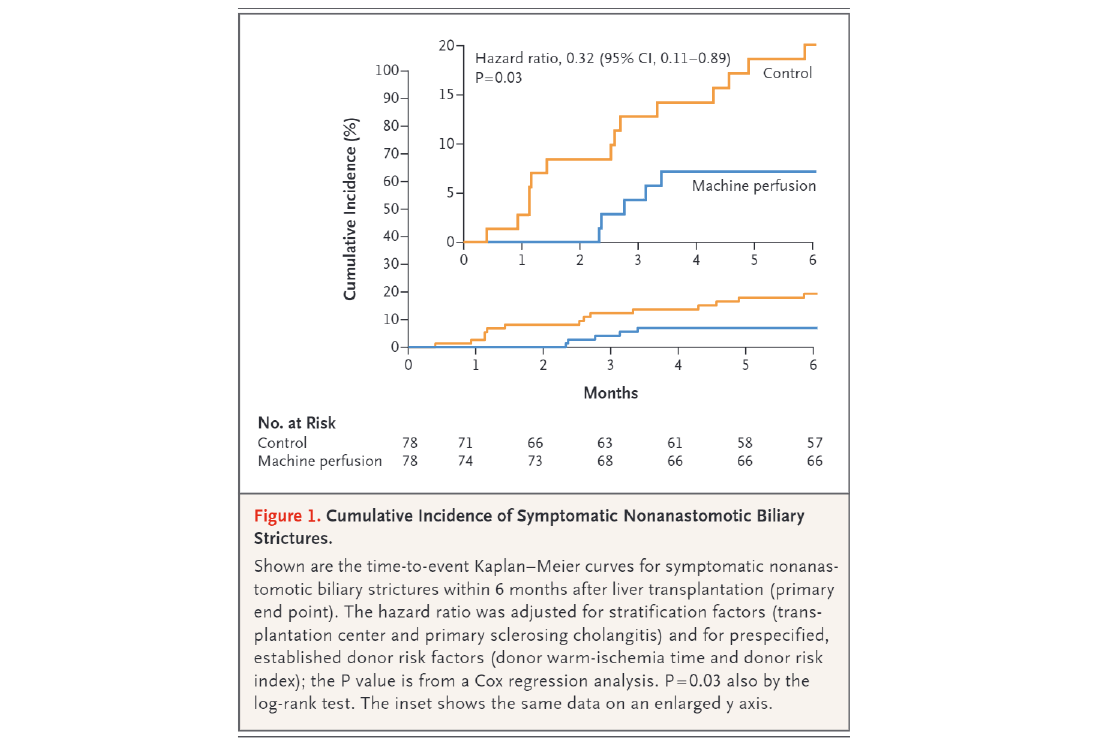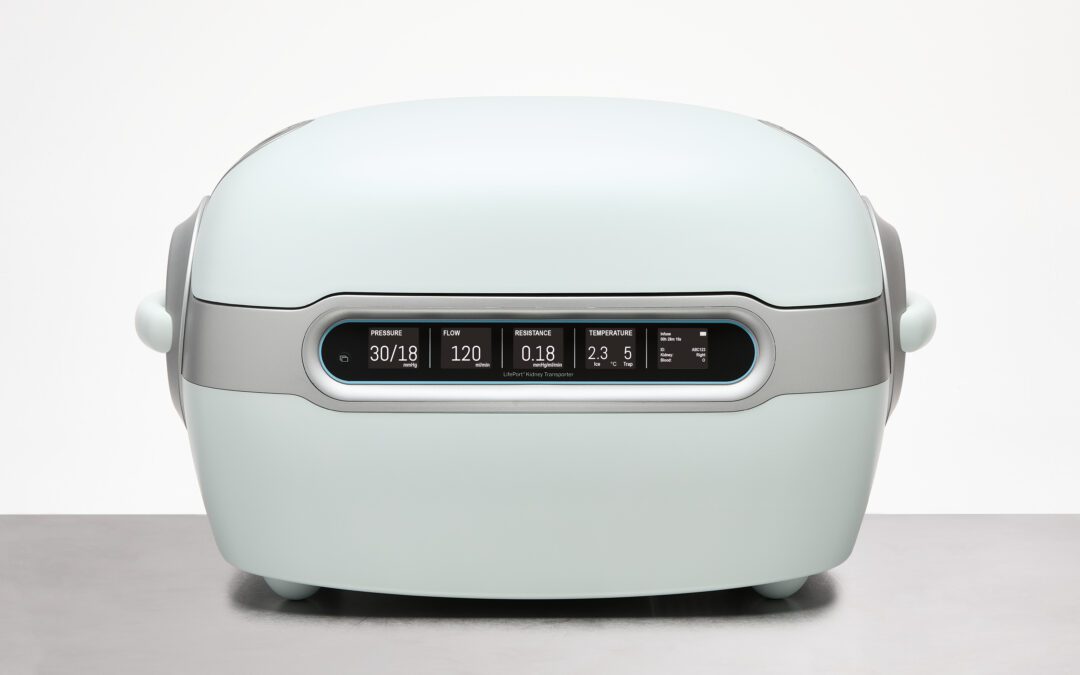In a multicenter, randomized, controlled trial by Van Rijn, et al, they sought to compare hypothermic oxygenated machine perfusion with static cold storage in liver transplantation from donation after cardiac death (DCD) donors. In this trial, they included 156 patients (78 in the machine perfusion group and 78 in the cold storage group), to determine the incidence of nonanastomotic biliary strictures as primary endpoint.
Their results found:
- Significantly less nonanastomotic biliary strictures in the machine perfusion group
- No difference in patient or graft survival
- Suggesting damage during the normothermic ischemia period
- Less early allograft dysfunction and postreperfusion syndrome in the machine perfusion group (12% vs 27% and 26% vs. 40%, respectively)

Overall, they concluded that those patients who received a liver that underwent hypothermic oxygenated machine perfusion had a risk of nonanastomotic biliary strictures within 6 months that was approximately two thirds less than those who received a liver that was preserved by static cold storage. This lower incidence was both clinically and statistically significant. The protective effect of this intervention was also seen in the lower risk of postreperfusion injury and early allograft dysfunction.
Read the full article here: https://www.nejm.org/doi/10.1056/NEJMoa2031532
The Latest





